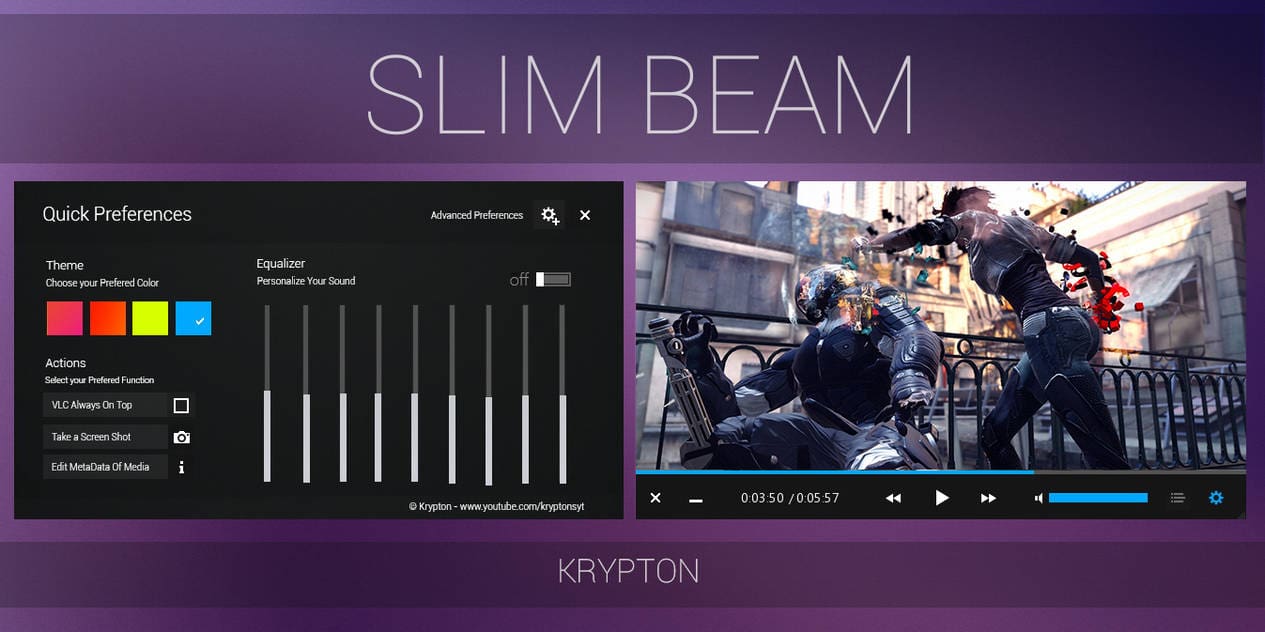

"Boss keys" are so-named because you press them when your boss comes around to check on you so you can pretend you're actually working. Set your own boss key and you can make VLC automatically hide itself in the system tray with a single key press. You'll find lots of options here, including a "Boss key" that isn't set by default. Double-click a hotkey field to set a new hotkey.

The All view has a few more options - for example, it lets you change the amount of seconds the "Jump ahead" and "Jump back" key combinations skip back or forward. You can also find these options under Interface > Hotkeys settings in the All preferences view. Select the Hotkeys icon in the Simple preferences view. To customize your hotkeys, click Tools > Preferences in VLC.

When watching a video in full screen mode, it's a quick way to see how much longer you have left in the video.Īll of these hotkeys are fully customizable. This information will only appear for a second or two. T: Displays the time remaining in the media file and the time elapsed. You can also increase or decrease the volume by rolling your mouse's scroll wheel up or down. This will change VLC's volume slider, not the system-wide volume. You can also double-click the VLC playback window to enter or leave full-screen mode.Ĭtrl + Up or Down arrow: Increase or decrease volume. If VLC is in full-screen mode, you can press F again or just press Esc to go back to windowed mode. This shortcut also works in many other video players - for example, on YouTube.į: Toggle full-screen mode. This is the easiest way to pause a video while it's playing, or to resume a video that's paused. Bear in mind that these are customizable, so if they don't seem to work, you've probably changed the keyboard shortcut settings on your own system. Here are the most common - and most useful - VLC keyboard shortcuts you need to know. Related: 10 Useful Features Hidden in VLC, The Swiss Army Knife of Media Players


 0 kommentar(er)
0 kommentar(er)
